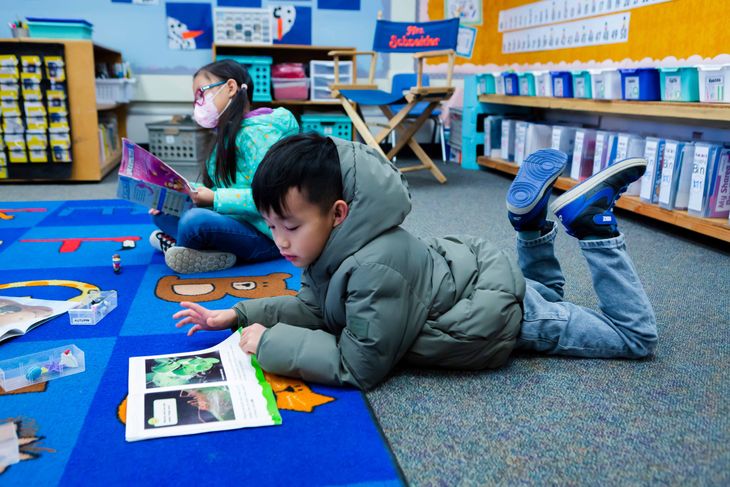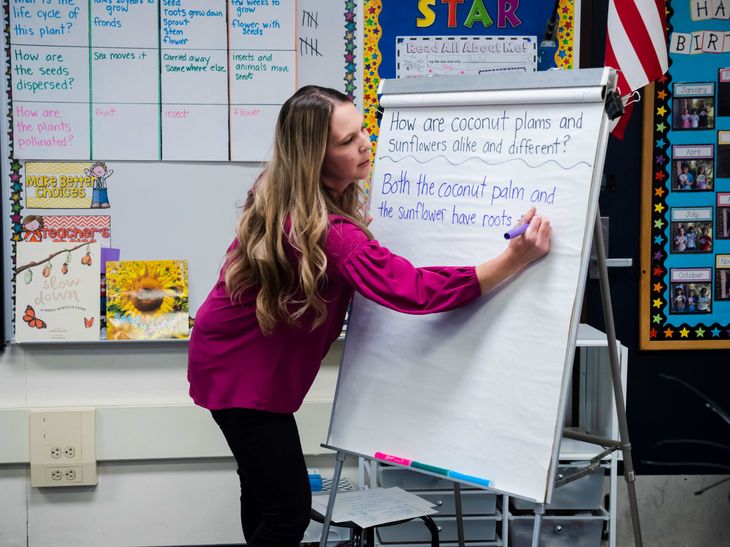
Reasoning
What is reasoning? A critical-thinking skill in which you draw conclusions by analyzing language
New to teaching reasoning? Start with our step-by-step inferencing skill explainer.
Looking for teaching materials? Explore our growing library of language comprehension resources.








